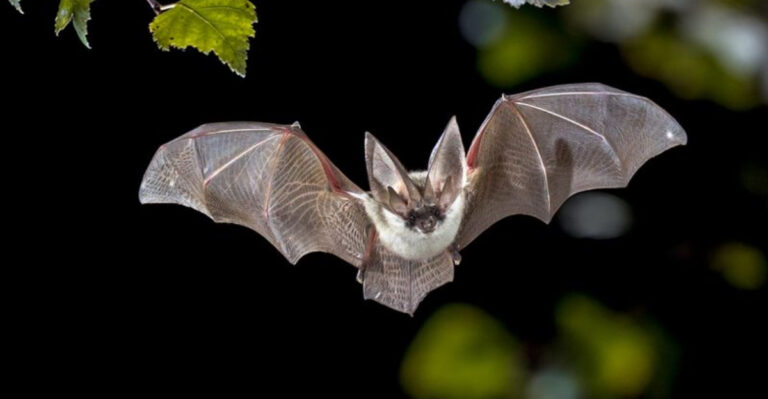White Bellbird Populations Are Slowly Decreasing, Here’s What We Need To Know
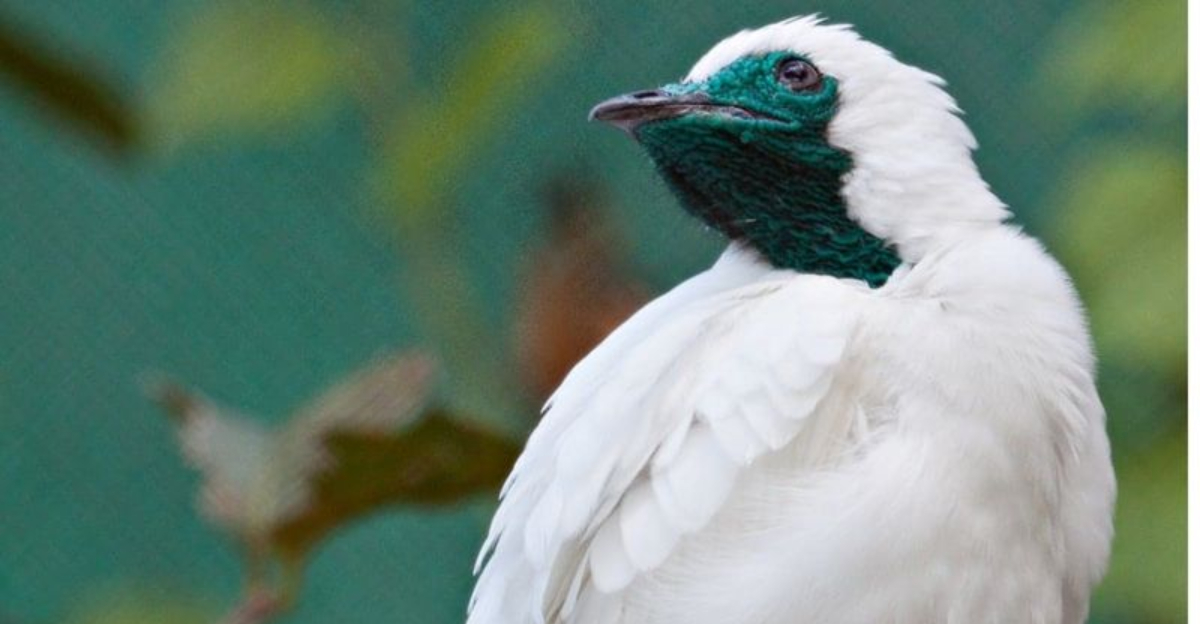
The white bellbird, known for having the loudest bird call on Earth, is facing a silent crisis.
Found primarily in the cloud forests of Brazil and Venezuela, these distinctive birds with their long wattles and ear-splitting calls are experiencing a concerning population decline.
1. Habitat Loss Threatens Their Survival
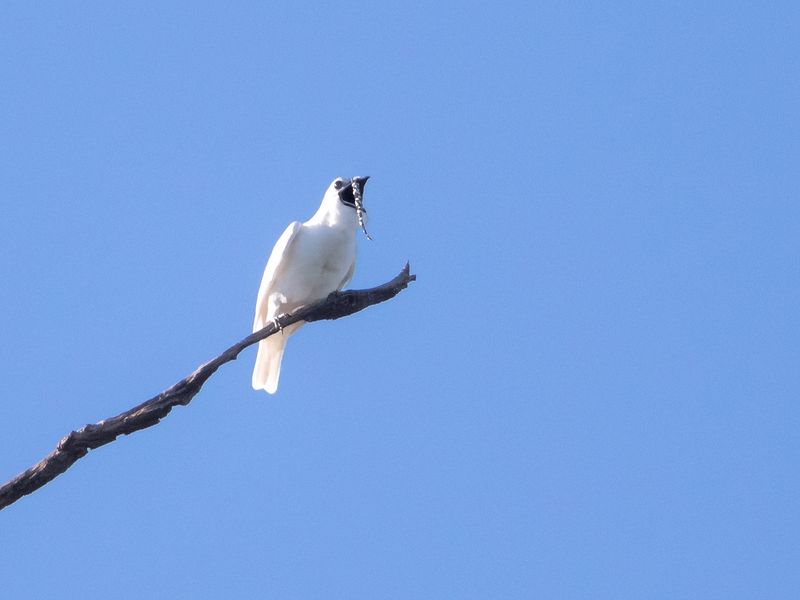
Cloud forests across South America face unprecedented destruction from agriculture, logging, and development. White bellbirds need specific high-altitude environments with particular trees for feeding and nesting.
When these forests disappear, the birds simply cannot adapt to other habitats. Recent satellite imagery shows over 30% of their natural range has been compromised in just two decades.
2. Climate Change Disrupts Breeding Patterns
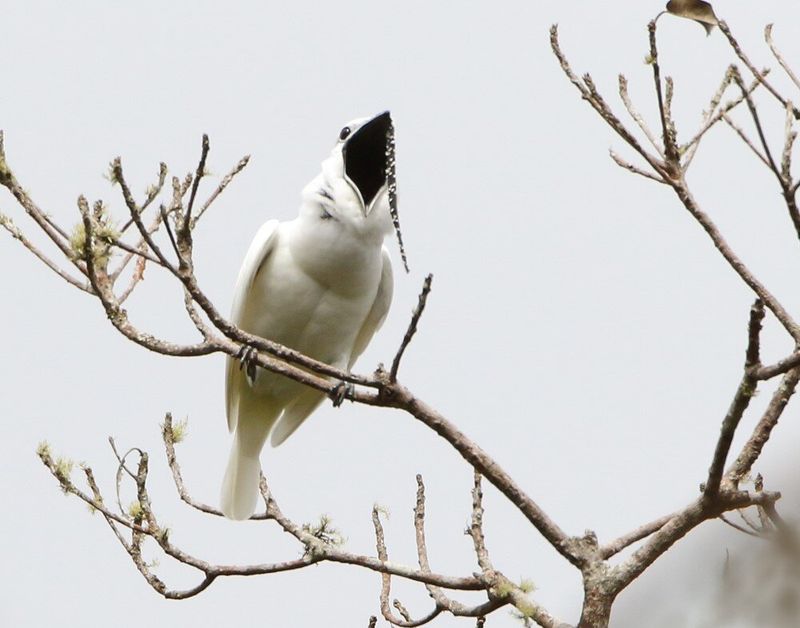
Rising temperatures alter the delicate timing of fruit production that bellbirds rely on during breeding season. Scientists have documented a growing mismatch between when bellbirds need certain fruits and when those fruits actually ripen.
This nutritional gap affects not only adult birds but especially nestlings who require specific foods. Breeding success rates have dropped by 22% in monitored populations over the past fifteen years.
3. Illegal Wildlife Trade Creates New Threats

The unique appearance and famous call of white bellbirds make them targets for wildlife traffickers. A single bird can fetch thousands of dollars on black markets, primarily in Asia and Europe.
Local authorities have intercepted several smuggling operations, but many more go undetected. Conservation groups estimate that dozens of bellbirds are captured annually, a significant number for a species with a naturally low reproduction rate.
4. Limited Diet Makes Them Vulnerable
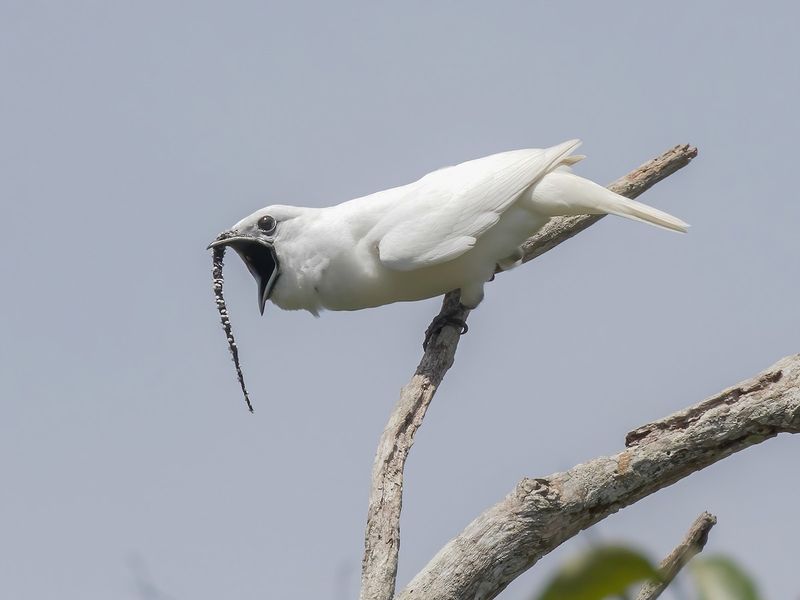
White bellbirds are fruit specialists with surprisingly narrow dietary preferences. They primarily feed on fruits from just a handful of plant species in their native cloud forests.
This specialized diet makes them extremely vulnerable to environmental changes. When certain fruit-bearing trees disappear, bellbirds cannot simply switch to alternatives. Research teams have documented bellbirds traveling increasingly long distances to find suitable food.
5. Deafening Calls May Affect Mating Success
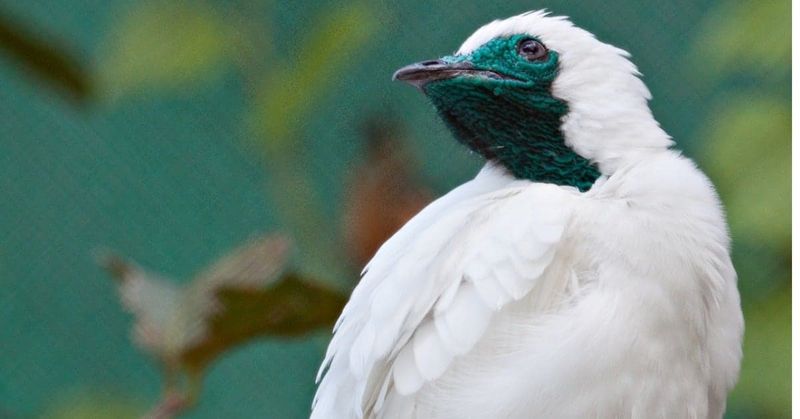
Male white bellbirds produce the loudest bird call ever recorded at 125 decibels – as loud as a rock concert! While impressive, recent studies suggest this extreme vocalization may be working against them in changing environments.
The calls require tremendous energy and can be heard from over a mile away, potentially attracting predators. Female bellbirds now seem to avoid the loudest males in fragmented habitats where such calls create greater risk.
6. Surprising Population Bottlenecks Discovered
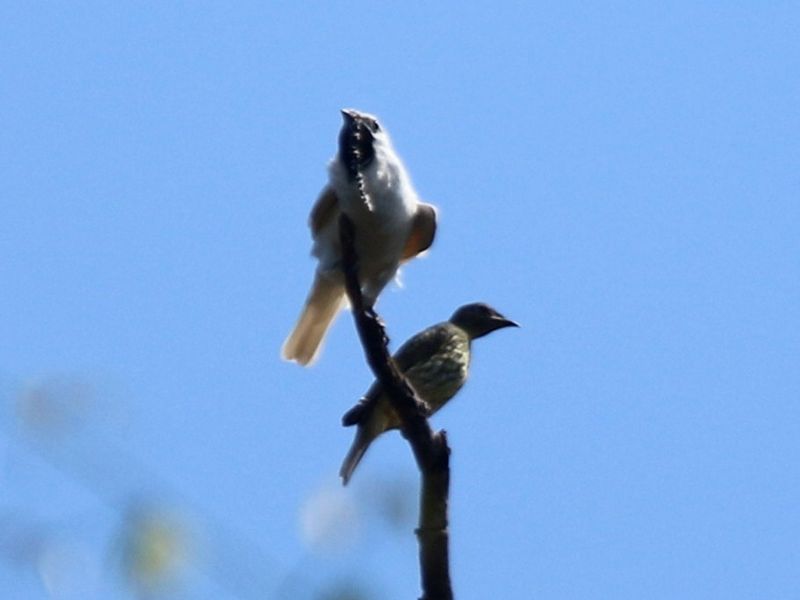
Genetic analysis reveals white bellbirds have already experienced severe population bottlenecks in recent history. DNA samples show concerning levels of inbreeding in some isolated populations.
Low genetic diversity makes these birds more susceptible to diseases and less adaptable to environmental changes. Conservation geneticists have identified at least three distinct subpopulations that no longer interact, further compromising their genetic health.
7. Ecotourism Offers Hope For Protection

Bird watchers worldwide are increasingly seeking out white bellbirds, creating economic incentives for local communities to protect them. Several small-scale ecotourism ventures have emerged specifically focused on bellbird observation.
Villages that once relied on logging now earn more through sustainable tourism. One Brazilian community reported earning five times more from bellbird-watching tours than from timber harvesting, demonstrating conservation can be financially beneficial.
8. Mysterious Migration Patterns Complicate Conservation
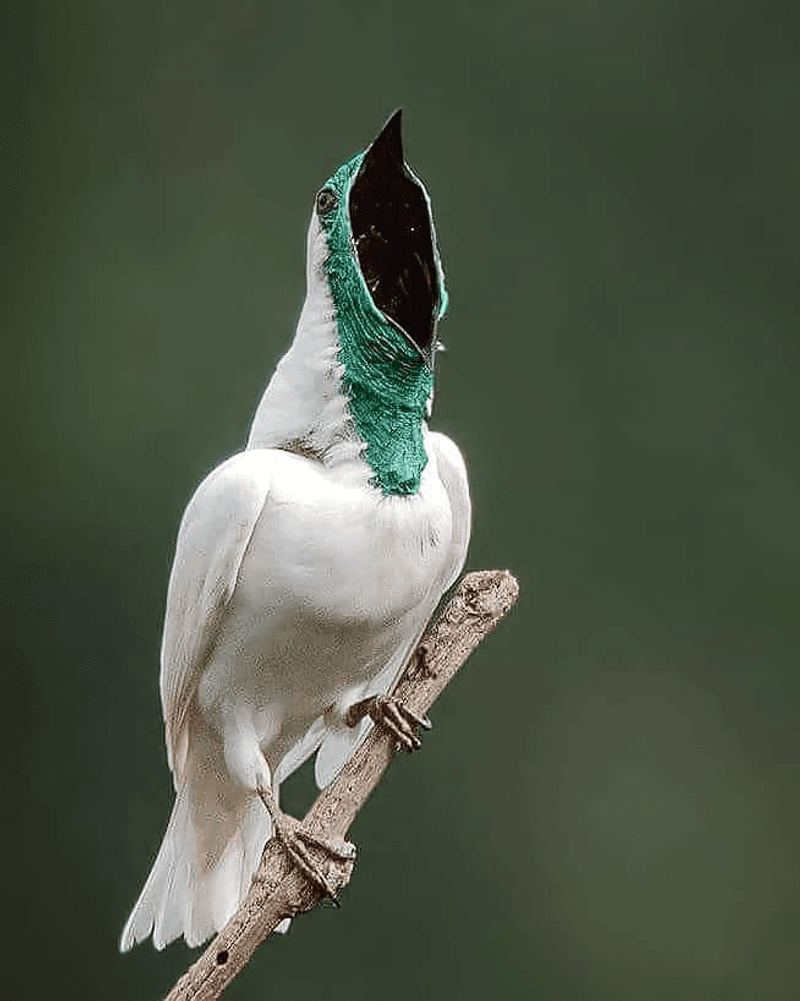
Unlike many birds, white bellbirds don’t follow predictable migration routes. They move throughout their range based on complex factors including fruit availability and breeding opportunities.
This unpredictability makes creating effective protected areas challenging. Recent tracking studies using miniature GPS devices have revealed bellbirds sometimes travel over 100 miles between locations, crossing multiple political boundaries and conservation jurisdictions.
9. Local Communities Become Conservation Allies
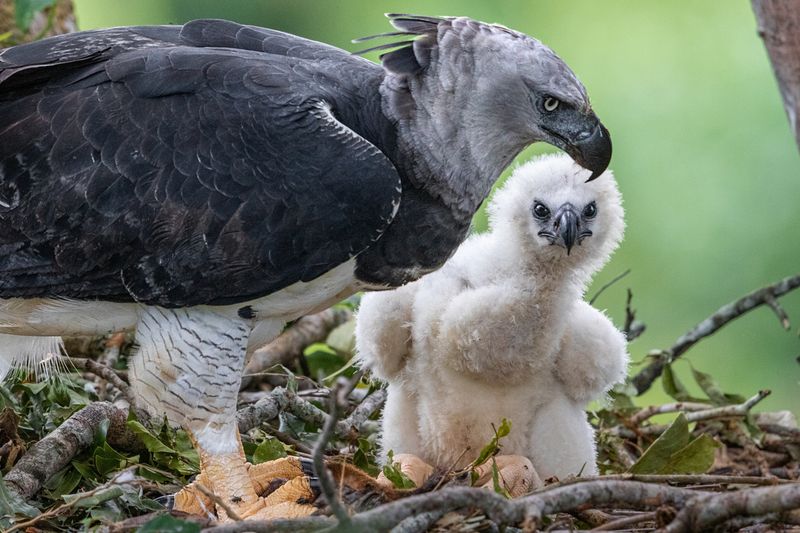
Indigenous communities living alongside bellbird habitats possess generations of knowledge about these birds. Several conservation programs now partner with these communities rather than excluding them from protected areas.
Local people serve as forest guardians, monitoring bellbird populations and reporting illegal activities. In Venezuela, one tribe has designated ancestral lands as a bellbird sanctuary, protecting over 10,000 acres of critical habitat.
10. Captive Breeding Programs Face Challenges
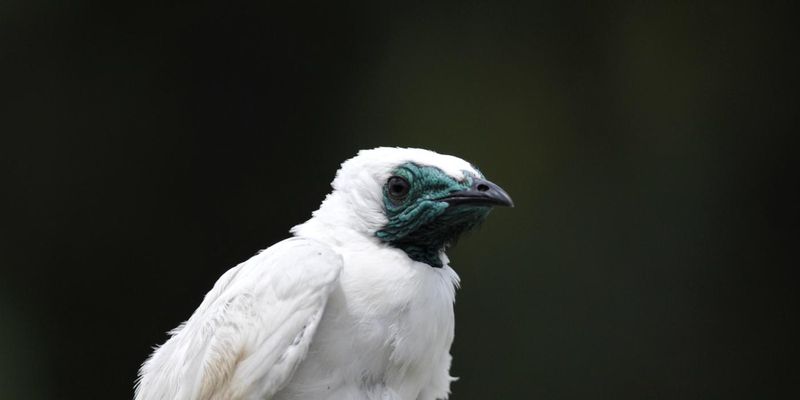
Attempts to breed white bellbirds in captivity have largely failed, limiting conservation options. These birds have complex social structures and dietary needs that are difficult to replicate outside their natural habitat.
Of twelve breeding attempts documented in zoological facilities, only one produced offspring that survived to adulthood. Conservationists now focus primarily on protecting wild populations rather than captive breeding as a viable strategy.
11. Innovative Technology Aids Monitoring Efforts
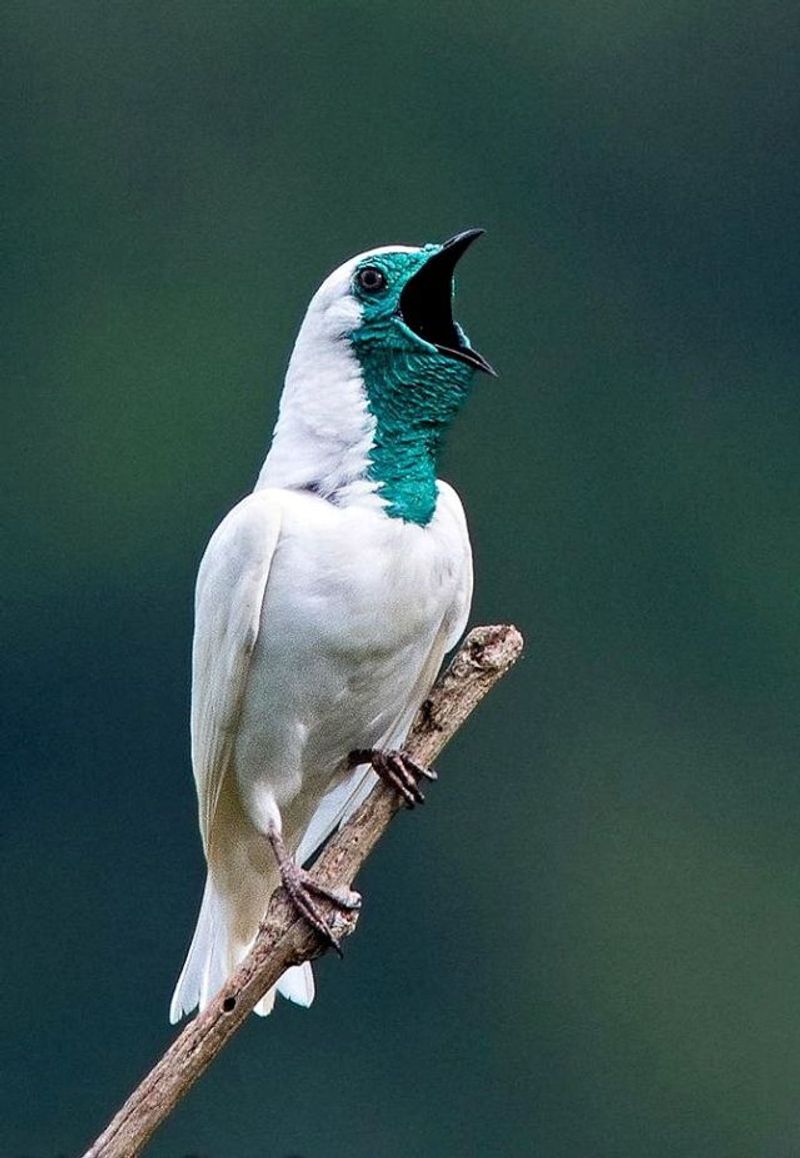
Automated recording devices placed throughout bellbird habitats now capture their distinctive calls, allowing researchers to monitor populations without constant human presence. These solar-powered units can record for months unattended.
Artificial intelligence algorithms analyze thousands of hours of recordings to identify individual birds and track population trends. This technology has revealed bellbird presence in several areas where they were thought to have disappeared.
12. International Cooperation Emerges As Critical
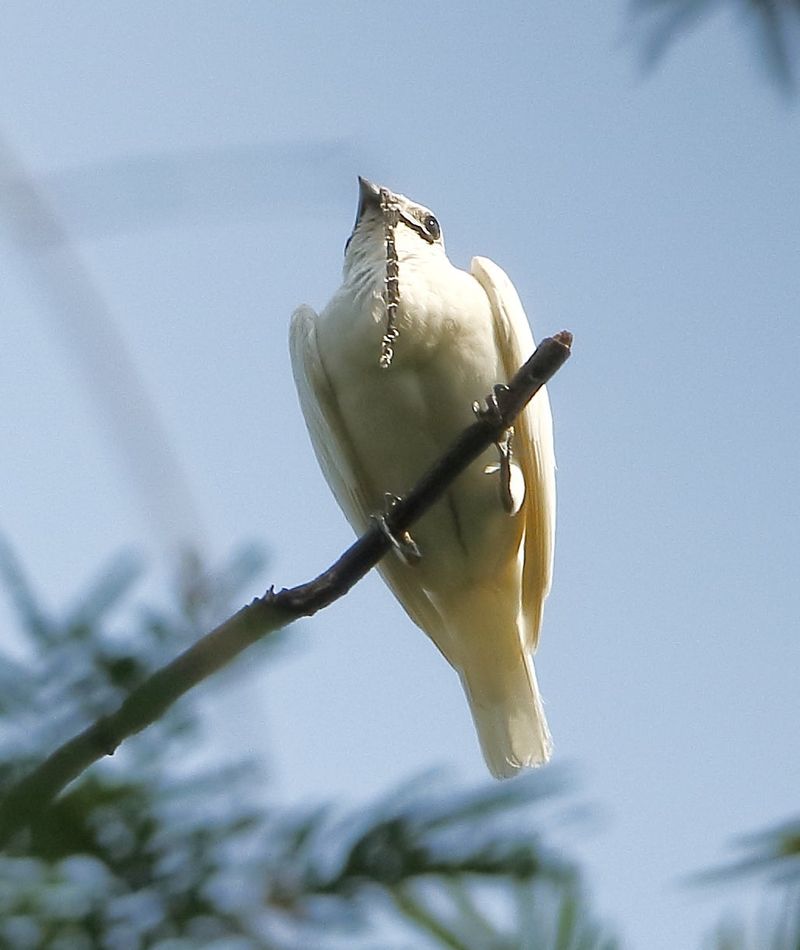
White bellbirds range across multiple countries, requiring international conservation agreements. Brazil and Venezuela recently signed the first joint bellbird protection accord, creating a corridor of protected habitat spanning their border.
Funding from international conservation organizations supports local enforcement efforts. Satellite monitoring shared between countries helps track forest loss in real-time, allowing for rapid intervention when illegal clearing threatens bellbird habitat.
13. Public Awareness Campaigns Show Promise
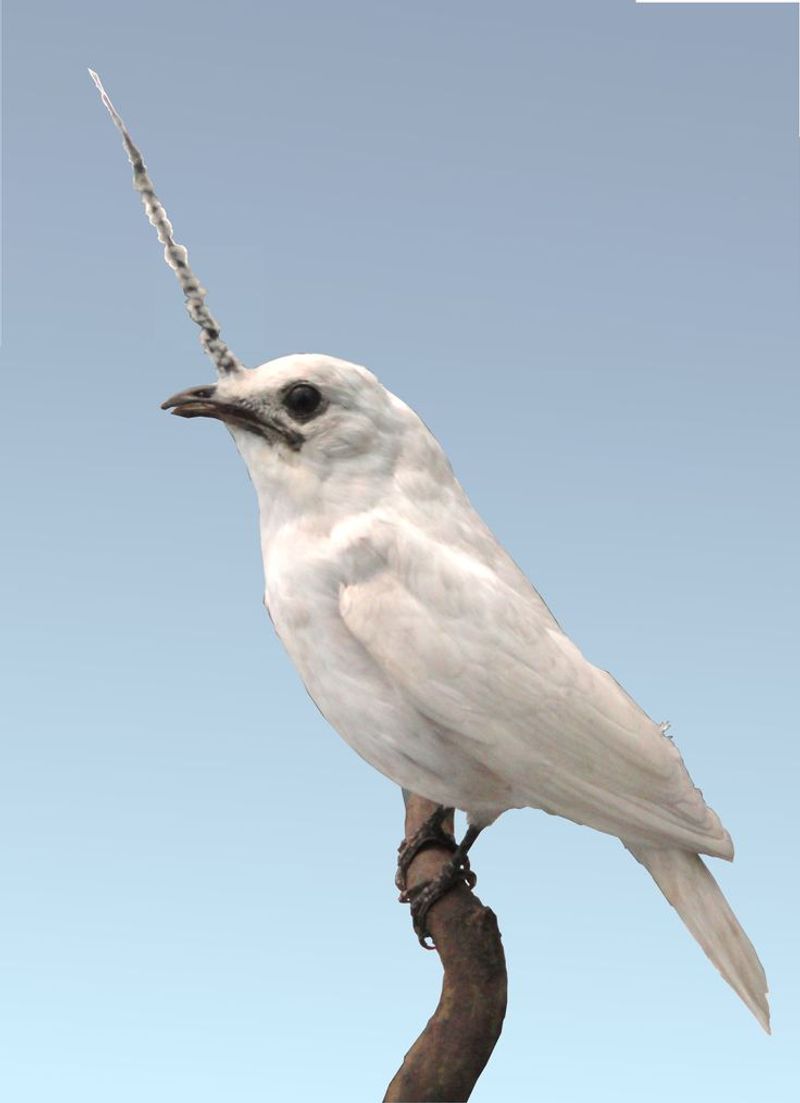
Few people outside South America know about white bellbirds, limiting public support for their conservation. New educational campaigns featuring these charismatic birds are changing that reality.
Social media videos of their remarkable calls have gone viral, reaching millions. A children’s book about bellbirds became a bestseller in Brazil, introducing a new generation to these unique birds and inspiring young conservationists to take action for their protection.

